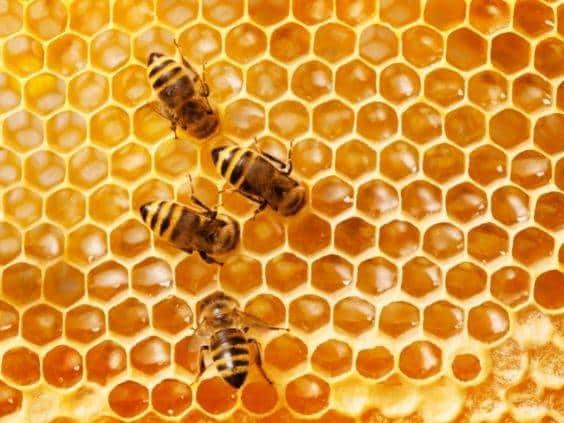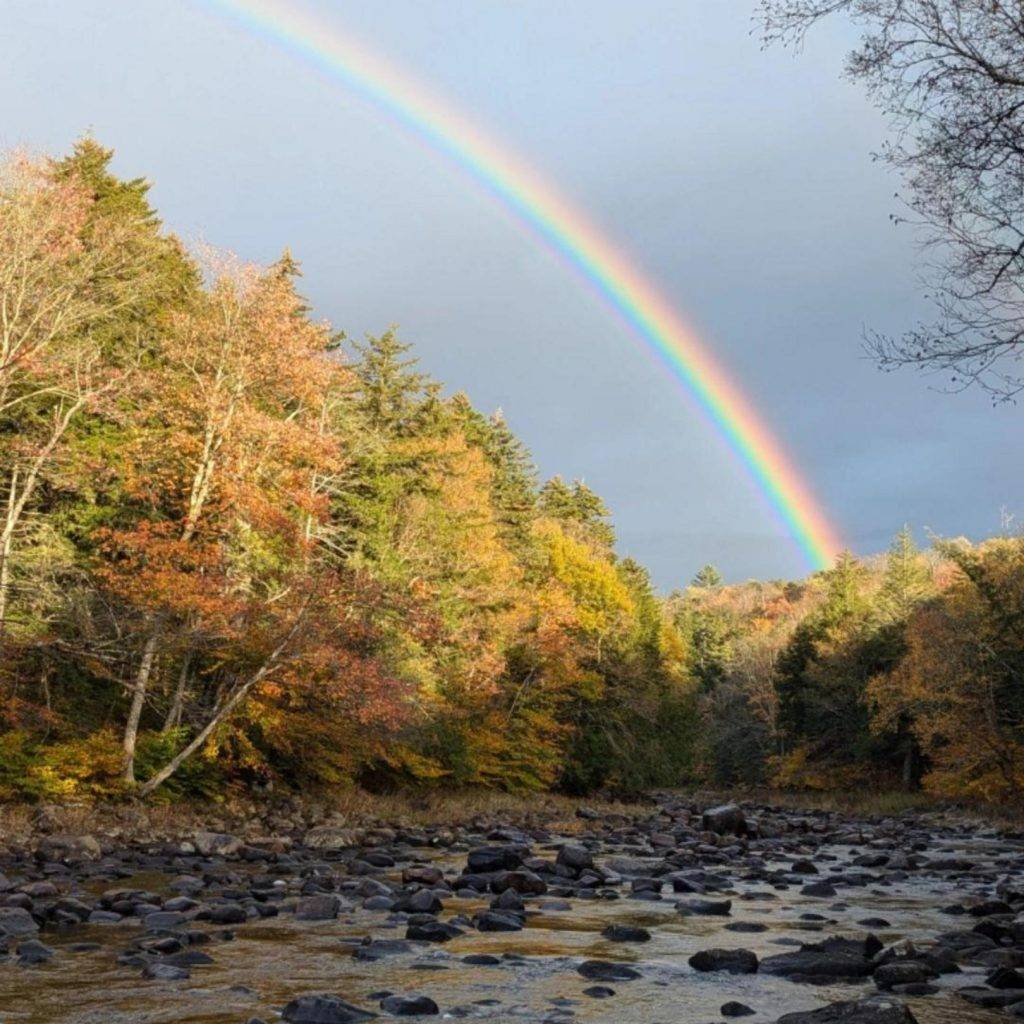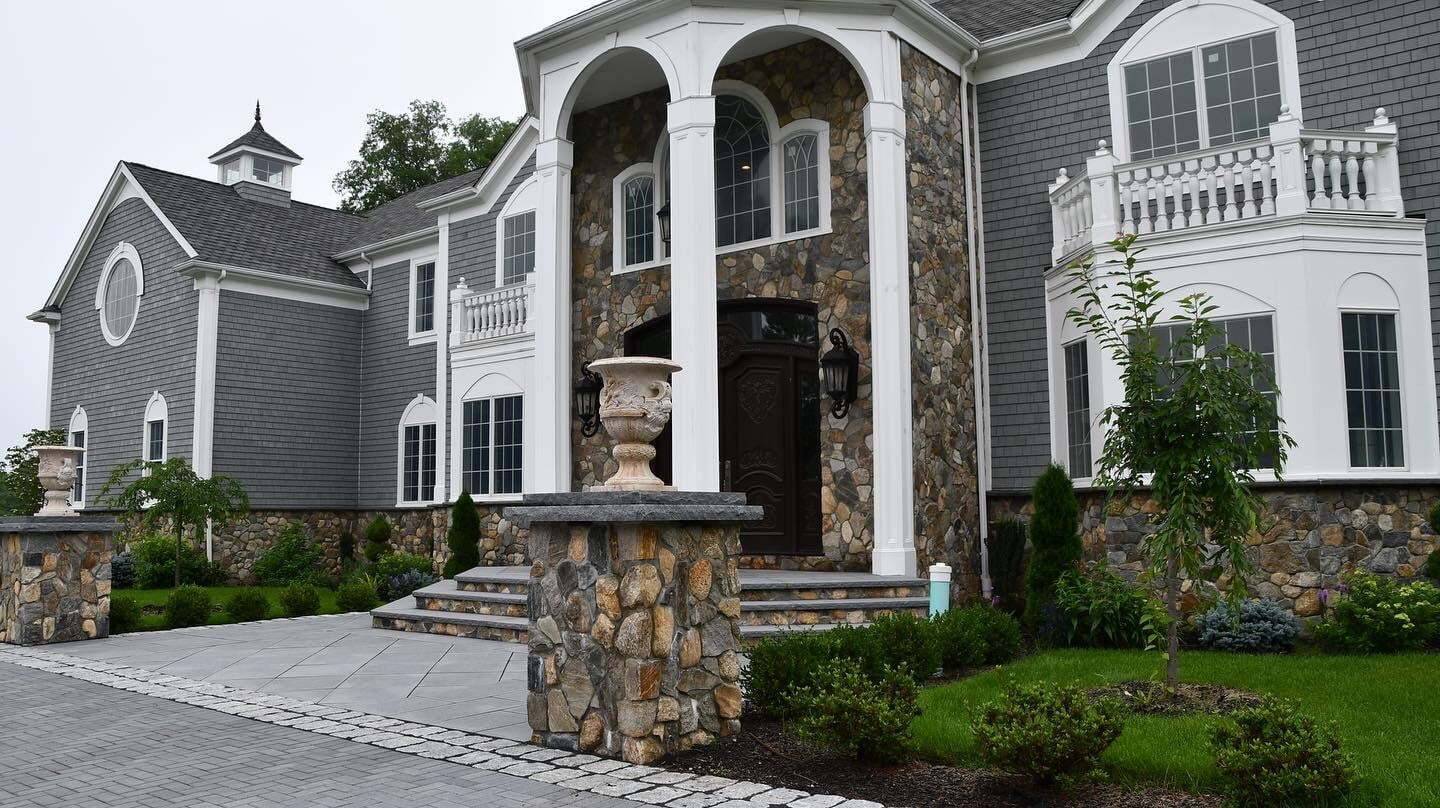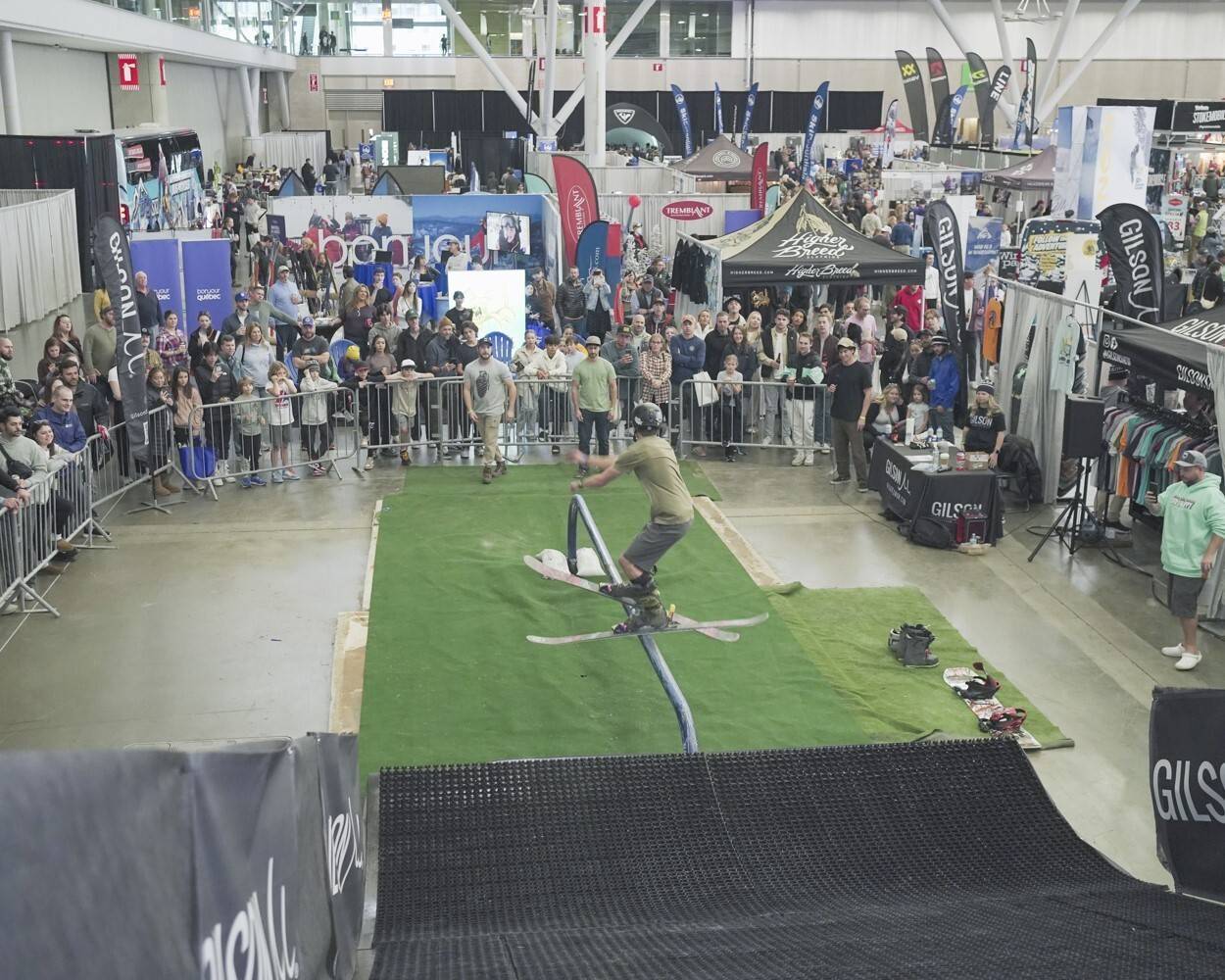If you spend a lot of time in your garden or if your children play in your backyard, finding an active beehive can be highly concerning. There are several different factors to consider before you remove a beehive, and they may not be intuitive to the average homeowner. To learn more about the best tips for safely removing a beehive from your garden, continue reading our guide.
Section off the area
Once you’ve identified an active beehive in your garden, you should adequately section off the area to prevent your children and pets from wandering near it. However, don’t get too close to the hive as you section off the site. Creeping too close to a beehive could make the bees aggressive and lead to stinging.
Do not use insect spray
The most critical tip for safely removing a beehive from your garden is to never attempt to spray a hive with insect spray. Doing so will be ineffective and aggravate the insects, making them defensive. Bees are more likely to sting and attack people who try to spray their hives, which could quickly become dangerous.
Instead of spraying hives with ineffective sprays, call a professional beekeeper service to remove your hive safely. This will save you from numerous excruciating stings, and you’ll also save an entire nest of bees. Beekeepers are expertly trained to use beekeeping tools and smokers to safely transfer bees and to remove hives from gardens without toxic chemicals.
Remove any leftover damage
After a professional has removed the hive from your backyard, there are still several safety measures to follow. First, examine where the hive was located to see if the hive created any damage. If the insects made holes in the sides of your home, for example, immediately repair this damage. When you leave holes or seals unrepaired, other pests are more likely to intrude. If there’s leftover honey, remember to remove it to prevent animals from being attracted to your garden. Completely removing all traces of a hive from your garden will protect you and your family from any future pest problems.
The next time you find a beehive in your backyard, remember to stay calm and follow these tips for safe removal. Take time to safely section off the area, keep children and pets away, call a professional beekeeper, and repair any leftover damage. With these simple steps, you can return to regular gardening in your backyard.























